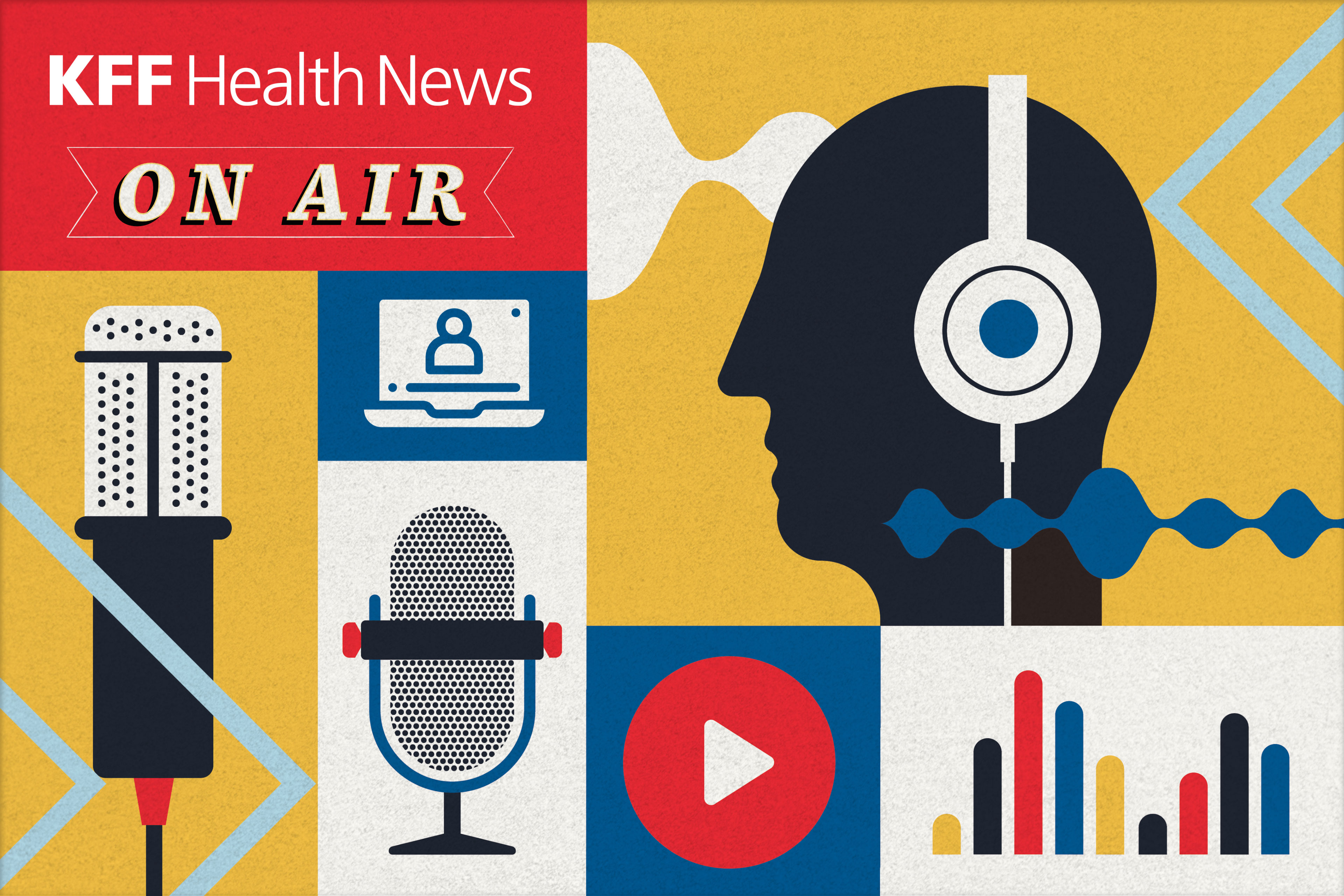
A heart attack, or myocardial infarction, can have varying outcomes for patients depending on a range of factors such as the extent of damage to the heart muscle, age, gender and the timeliness of emergency treatment. While some patients may survive a myocardial infarction and live anywhere from a year to more than five years, others may not be so lucky. This condition occurs when there is a decrease in blood supply to the heart muscle, often due to a blood clot blocking a blood vessel that feeds the heart. Prompt treatment is crucial as myocardial infarction has a high mortality rate if left untreated.
Symptoms of a myocardial infarction can vary widely and may include chest pain, fatigue, sweating, difficulty breathing and fainting. Some individuals such as the elderly or women may not experience chest pain as a symptom. The life expectancy of patients with myocardial infarction depends on several factors including age, gender, the degree of myocardial damage and the timeliness of emergency treatment.
The timing of emergency treatment is critical in improving the prognosis of a patient with myocardial infarction. The “golden hour” refers to the first 1-2 hours after symptoms onset during which myocardial reperfusion can limit further damage to the heart muscle. After this time frame, known as the “silver hour” and “bronze hour”, the effectiveness of treatment may decrease. Studies have shown that early intervention within six hours of symptom onset significantly improves survival rates for individuals with myocardial infarction.
Atherosclerosis is one of many causes of myocardial infarction and risk factors such as smoking, stress inflammation and infections can contribute to its development by forming blood clots that block blood vessels supplying blood flow to






